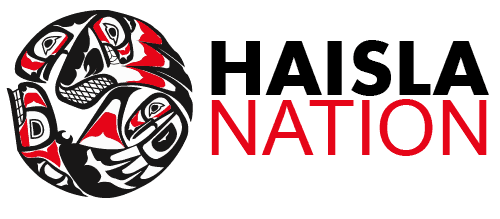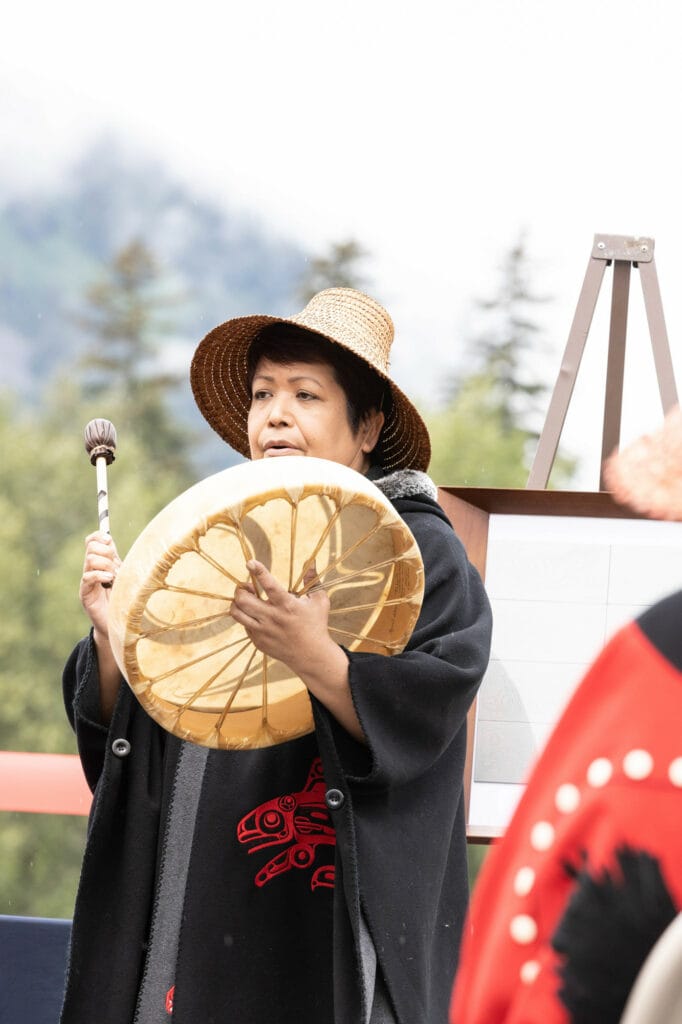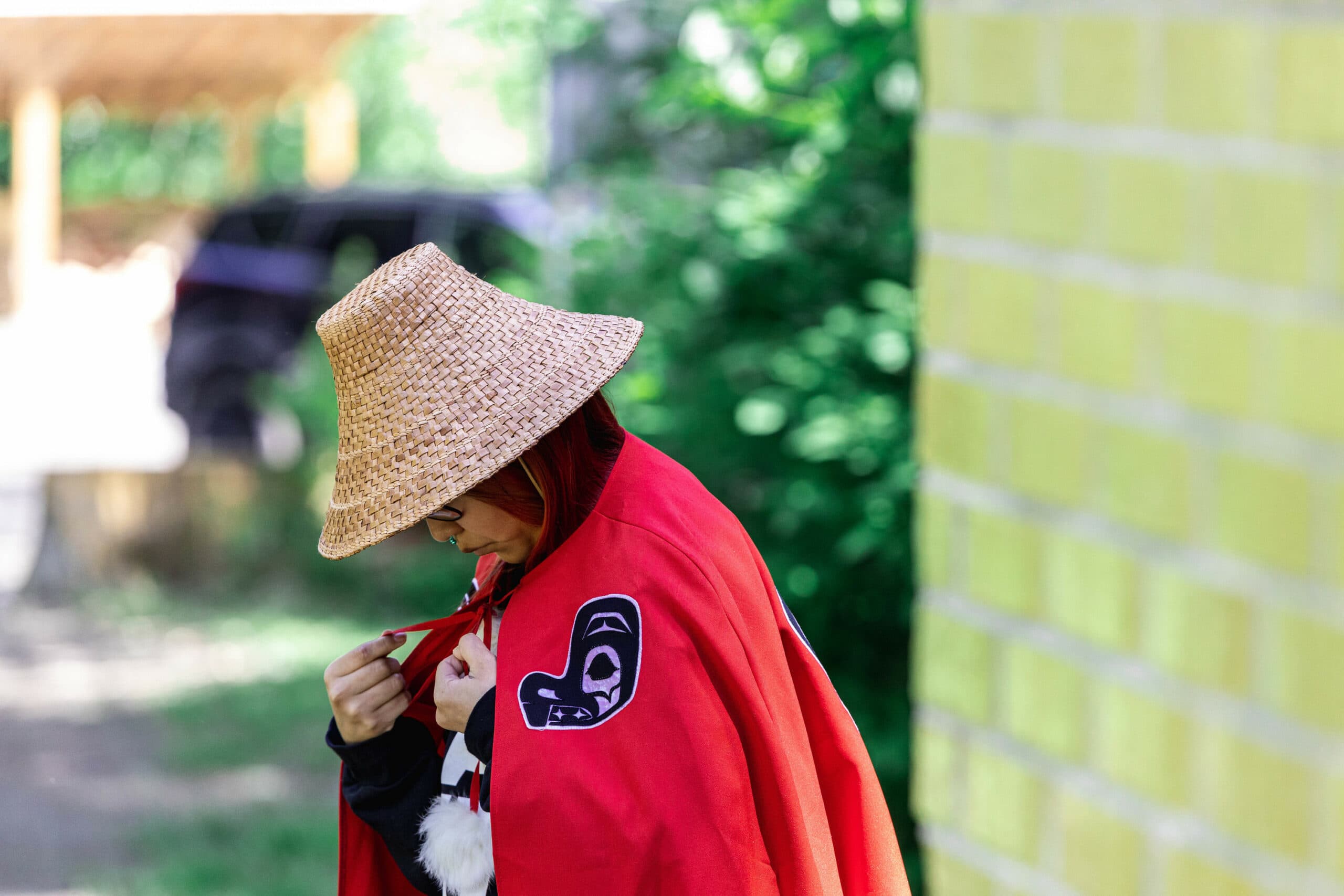
Menu
- Home
- Haisla & Our History
- Governance
- Departments
- Staff Directory
- Calendar
- Opportunities
close

The Haisla, meaning “dwellers downriver”, have occupied their traditional territory since time immemorial. Today, the Haisla people are centered on Kitamaat Village. Home to approximately 700 of the 2023+ Haisla membership, Kitamaat Village sits at the head of the Douglas Channel in British Columbia. The balance of the Haisla live in places such as Kitimat, Terrace, Prince Rupert, in the metro Vancouver area and the United States.

Today’s Haisla Nation is an amalgamation of two historic bands – the Kitamaat of the Douglas and Devastation channels and the Kitlope of the upper Princess Royal Channel and Gardner Canal. Neighbouring nations include the Heiltsuk and Wuikinuxv bands of the Coast Tsimshian peoples.
Living and working on the water has always been important to the Haisla, and that remains so today. The Haisla people have lived off the land and water resources of the Douglas Channel and our traditional territory for hundreds of years, and protection of those resources for future generations is a strong commitment by every Haisla member.
Our territory’s resources have sustained us for generations, providing us with food, shelter, and livelihood. We have worked hard to harvest food, build our villages, and develop the resources we need to survive. The land is connected to our past, our culture, and now, our future.
The Haisla social system is based on matrilineal clans. Each clan has a him̓ áas (hey-maus: chief) and músmeziɫ (moos-moo-gheethl: matriarch). The present day clan system is as follows: Beaver, Raven, Eagle, Killer Whale/Black Fish/Salmon. Historically there were the Crow, Frog and Wolf clans but due to declining numbers they amalgamated with other clans.
Most Haisla continue to carry on the traditions of hunting, berry picking, gathering and fishing. Every spring, Haisla family groups still travel to the Kemano River for oolichan fishing. During oolichan season the village is full of the rich smell of the fish smoking. After a long, hard North Coast winter, oolichan are the first fish returning to spawn in local rivers. The Haisla use oolichan for almost everything, from food to medicine. Haisla people learned to boil oolichan and make it into a pure white grease, becoming experts producing a quality well known up and down BC’s Coast. Haisla people still trade this valuable commodity with neighbouring villages.
To view the Haisla Origin story click here.
In 2018 a discovery brings up new knowledge about Haisla history. View details here.

For hundreds of years the Haisla people have occupied many village sites throughout their territory.
In 1918, an influenza pandemic dramatically reduced the Haisla population and reduced numbers in some of the clans. The Haisla community recovered and continues to evolve. Today, there are 2023+ Haisla. Approximately 700 live in Kitamaat Village.
Though clan distinctions and connections remain today, Haisla culture combines traditional heritage with Canadian culture. The Na’Na’Kila Institute was established in 1998 to help protect and encourage the development of Haisla culture, including language.
Na’Na’Kila helped bring about the repatriation of a Haisla totem pole that had been removed in 1929 and was missing for more than 60 years. It was discovered in the Museum of Ethnography in Stockholm in 1991 and, after years of negotiation, it was returned to Kitamaat on July 1, 2006. In exchange for it’s safe return, the Haisla carved a replica pole to gift to the museum in Stockholm.
The National Film Board of Canada made a documentary that covered the story of the G’psgolx Pole. To view the video click on the following link: Totem: The Return of the G’psgolox Pole by Gil Cardinal – NFB